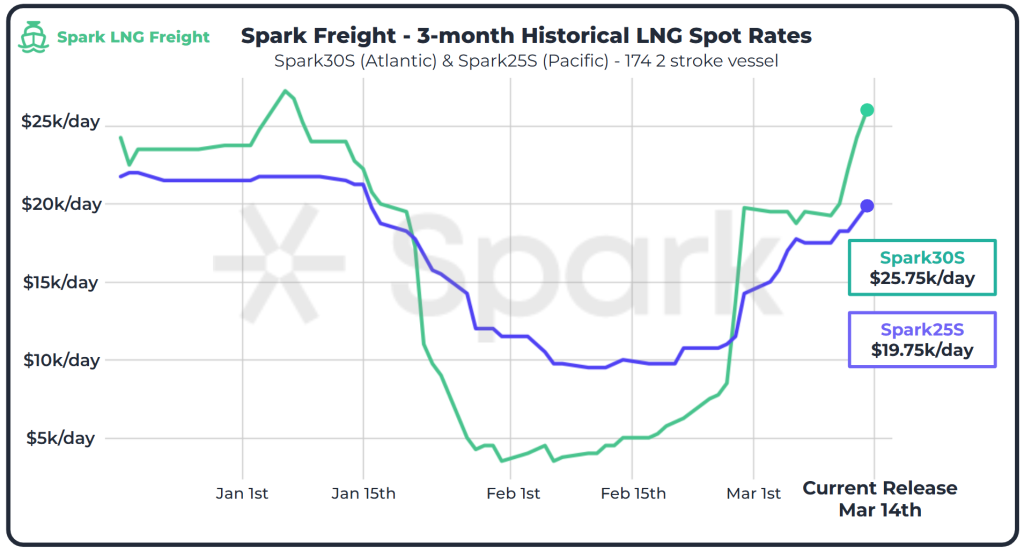Energy News Beat
The EPA is reconsidering various regulations on power plants, oil and gas facilities, and coal plants to jumpstart growth and unleash American energy.
The Environmental Protection Agency (EPA) announced Wednesday that it is introducing 31 “historic” actions to overturn various Biden and Obama-era environmental regulations. [emphasis, links added]
EPA Administrator Lee Zeldin said that his agency would be reconsidering various environmental regulations, including certain regulations on power plants, oil and gas facilities, and coal power plants, in an attempt to “unleash American energy,” according to a press release.
The EPA touted the move as the “biggest deregulatory action” in U.S. history, vowing to lower the cost of living for Americans and “give power back to states to make their own decisions.”
“Today is the greatest day of deregulation our nation has seen,” Zeldin wrote in the press release.
“We are driving a dagger straight into the heart of the climate change religion to drive down the cost of living for American families, unleash American energy, bring auto jobs back to the U.S., and more.”
The EPA also announced that it would be terminating any arms of the Biden-era agency related to environmental justice or diversity, according to the press release.
Additionally, the EPA is reconsidering its Risk Management Program (RMP) rule, claiming in the press release that the rule made America’s oil and natural gas refineries and chemical facilities “less safe.”
The RMP rule — which was strengthened under the Biden-Harris administration — requires facilities that use extremely hazardous substances to develop a risk management plan. Some Republicans have criticized the rule, claiming it imposes excessive burdens and costs on facilities.
Zeldin’s agency also plans to redirect enforcement resources to its “core mission to relieve the economy of unnecessary bureaucratic burdens that drive up costs for American consumers,” according to the press release.
“Alongside President Trump, we are living up to our promises to unleash American energy, lower costs for Americans, revitalize the American auto industry, and work hand-in-hand with our state partners to advance our shared mission,” Zeldin stated in the press release.
The EPA also signaled Wednesday that it may narrow the definition of “Waters of the U.S.” (WOTUS). Under the Clean Water Act, which was signed into law in 1972, certain navigable U.S. waterways receive federal protections from pollution.
The Biden-Harris administration widened the scope of the law, leading to massive pushback from many Republicans who claimed that the law imposed undue regulatory burdens on American landowners.
Notably, former President Joe Biden imposed various environmental and energy regulations during his sole term as part of his wider climate agenda.
Top photo by Wesley Tingey on Unsplash
Read rest at Daily Caller
The post EPA Unleashes 31 Actions To Overturn Biden- and Obama-Era Regulations, Boost American Power appeared first on Energy News Beat.


















